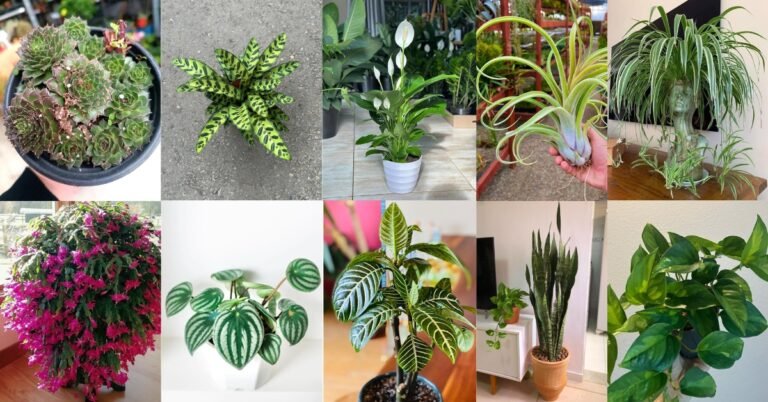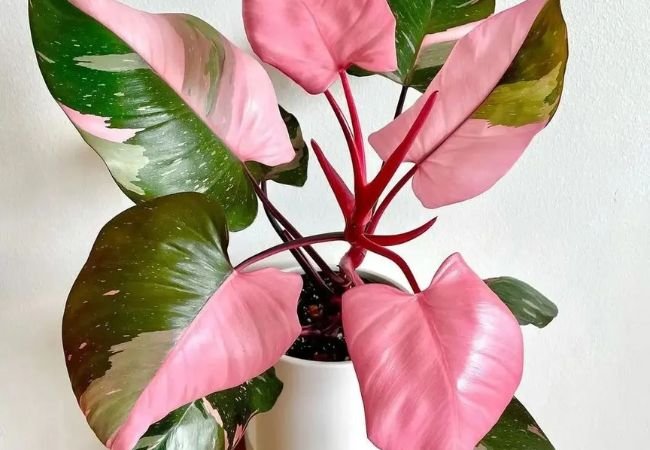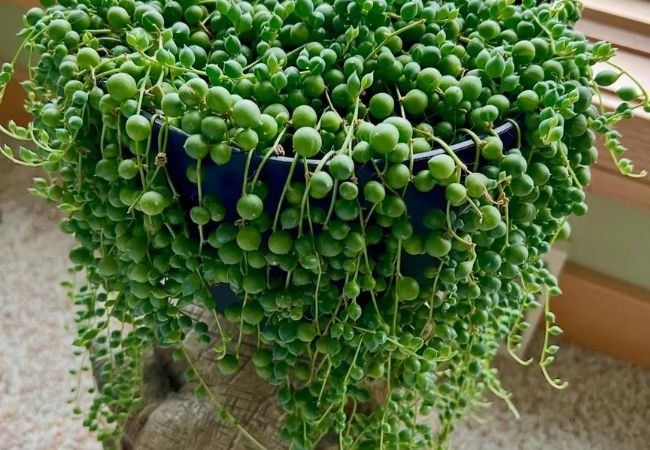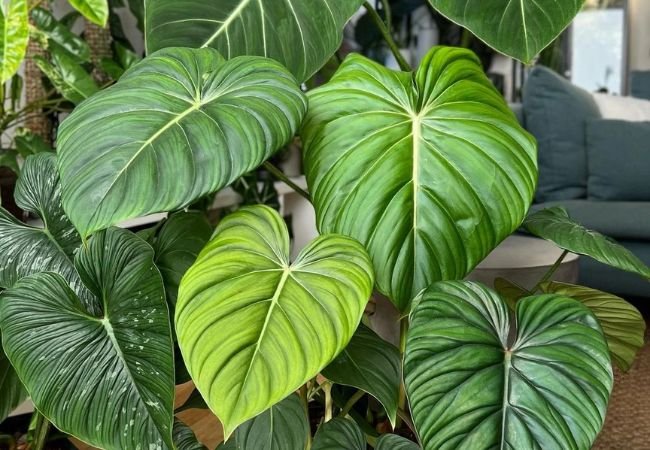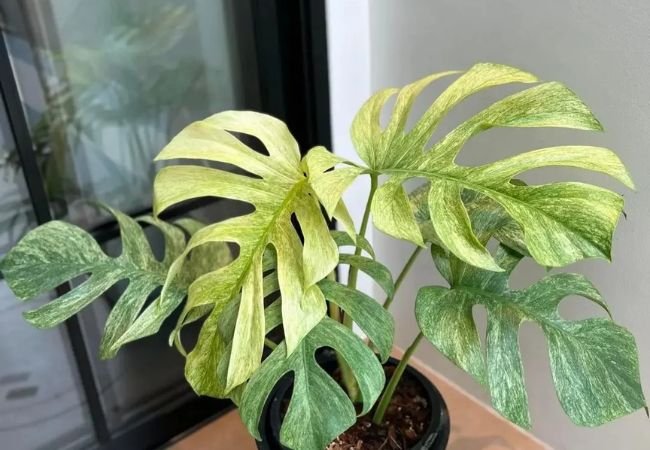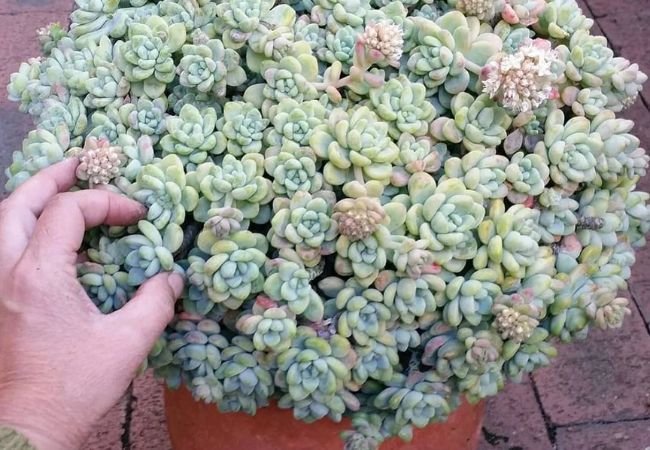How to Grow and Care for African Violets
Learn the best tips and techniques for successfully growing beautiful African violet houseplants. This guide covers everything from ideal conditions and potting mixes to watering, lighting, fertilizing and troubleshooting common problems.
African violets are popular houseplants prized for their fuzzy leaves and clusters of small, velvety flowers. With the right care, these petite beauties can bloom almost continuously. Though African violets have a reputation for being fussy, they actually make great plants for beginners if you understand their basic needs.
African violets are available in many different flower colors including white, pink, purple and bicolors. Some varieties have ruffled or semi-double blooms. When selecting a plant, look for ones with healthy foliage and lots of bright flower buds.
Here’s a detailed information chart for African Violets:
| Aspect | Details |
|---|---|
| Botanical Name | Saintpaulia spp. |
| Common Names | African Violet |
| Plant Type | Perennial, herbaceous |
| Zones | USDA Zones 11-12 (grown as houseplants in most regions) |
| Exposure | Bright, indirect light |
| Bloom Time | Year-round, with peak blooming in spring and summer |
| Height/Spread | 6-12 inches tall and wide |
Proper Potting
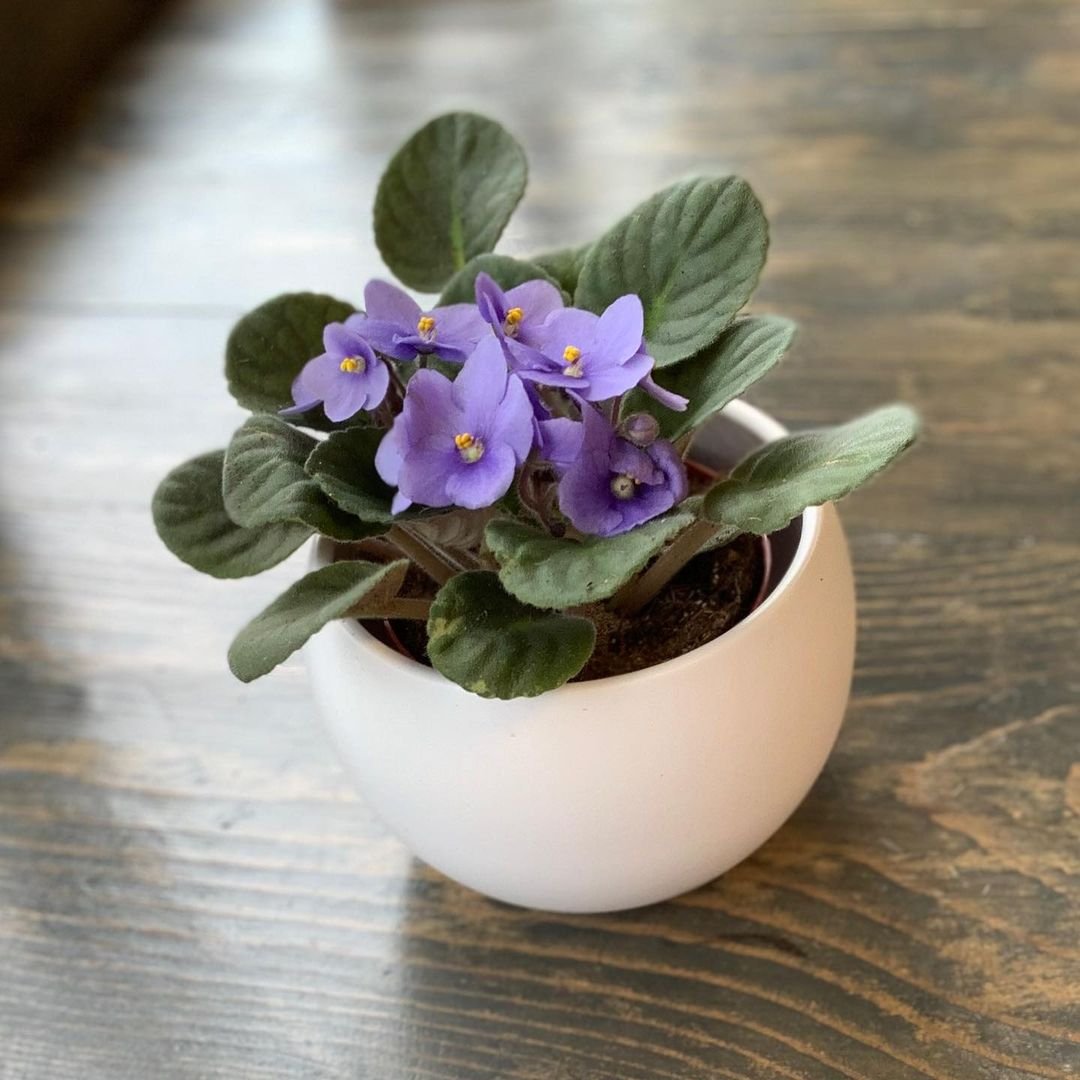
African violets need a well-draining potting mix specially formulated for them. Regular potting soil holds too much moisture. African violet mixes contain ingredients like perlite, vermiculite and milled sphagnum moss to provide airiness and drainage. Some also contain small amounts of fertilizer.
Plant your African violet in a pot with drainage holes that’s one size larger than the root ball. Plant at the same depth it was growing before, pressing the soil gently around the roots. The crown (growing point) should sit just above the soil line. Water thoroughly after potting.
Ideal Conditions
African violets like bright, indirect light. Direct sun burns their leaves. An east or west-facing window is perfect. If the plant starts reaching or leaning toward the light, simply give it a quarter turn occasionally.
Aim for temperatures between 65-80°F. These tropicals don’t like cold drafts or excess heat. Avoid placing them near heating vents, fireplaces or drafty windows. Normal household humidity levels of 30-50% humidity are fine.
Watering
Improper watering causes many African violet problems. The soil should be kept evenly moist but never soggy. Water from the bottom by letting the plant sit in a saucer of room temperature water for 15-30 minutes. Discard any excess water after the top feels lightly moist.
In winter when growth slows, allow the top inch of soil to dry before rewatering. Rooms can get very dry with winter heating, so increase humidity by using a pebble tray or small humidifier nearby.
Never allow the plant to wilt or the leaves will likely drop. And be sure to water with room temperature water—cold water can cause spotting.
Feeding
Feed African violets with a balanced, water-soluble fertilizer every two weeks during the growing season. Look for one specifically formulated for African violets. Regular houseplant food is too strong.
Dilute the fertilizer to half strength. Apply it along the edge of the pot and try not to get any on the leaves or crown. Flush the soil monthly by letting water run through the entire pot to prevent fertilizer buildup.
Stop fertilizing in winter when growth is minimal. Resume feeding in early spring.
Grooming
Remove spent flowers and leaves regularly to keep plants looking tidy. Use sharp, clean scissors to avoid tearing the stems. Yellow or damaged lower leaves can also be trimmed off.
Repotting
African violets are light rooters that prefer to be potbound. The best time to repot is in early spring, right before the growing season kicks in.
Choose a pot only one size larger and use fresh African violet soil mix. Handle the plant gently when repotting and avoid covering the crown with soil. Water thoroughly after transplanting.
Propagation
African violets can be easily propagated from leaf cuttings. Gently remove a healthy leaf along with about an inch of stem. Let the cut end callous over for a day or two. Then insert the stem vertically into moist potting mix, burying it halfway. Keep the soil moist and in a few weeks, new baby plants should start to emerge from the leaf.
Troubleshooting
If your African violet isn’t blooming well, it needs more light. Move it to a brighter spot but avoid direct sun. Cool temperatures or lack of humidity can also prevent flowering.
Cyclical leaf dropping is normal, with plants shedding some of their older, bottom foliage as new leaves form at the crown. But sudden, excessive leaf loss often means the plant is under stress from improper watering, temperature extremes, pests or disease.
If leaves are turning pale or yellow, increase fertilizer. Dark green, shiny leaves indicate ideal growing conditions. Soft, limp leaves mean the plant needs more humidity.
With proper African violet care, these easy-to-grow houseplants will brighten up your home with their cheerful blooms year after year. A little attention goes a long way in keeping them healthy and consistently flowering.

